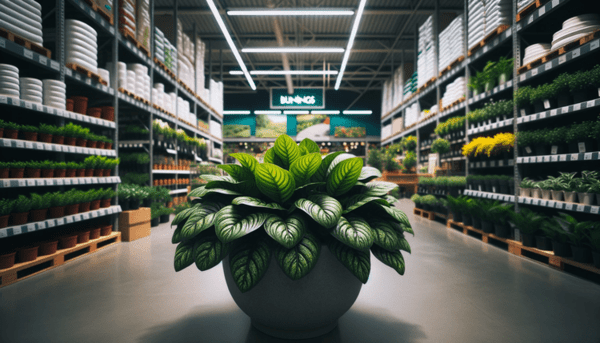
cast iron plant
Information for the customer:
- Plant Position: indoor shade
- Soil Type: well draining , porous
- Common Pests: mealybugs , spider mites , aphids
- Watering Needs: low-moderate: anytime between weekly and monthly
- Shade Requirements: yes
- Lighting Requirements: less light: 0% - 25% of daily sun
- Pet Child Friendly: yes
- Air Purifying: yes
Helpful Tip:
- Helpful Tip: Thrives in low light, avoid direct sunlight
Additional Facts and Info:
- Native To: himalayas
Extensive Info on the cast iron plant:
How do you take care of an Aspidistra?
Location
The Aspidistra likes a location with partial-shade to bright, indirect sunlight. Keep it away from the direct sun, though, as it can bleach and burn its foliage. As an indoor plant, the Aspidistra grows best in front of a north-facing window and can also do well under artificial lights.
Watering
Aspidistras are fairly drought-tolerant, but they will look their best if you water regularly. They like their soil moist but not soggy, as it can lead to the development of root rot. One way to check if your Aspidistra needs water is by sticking your finger in the soil. If you can't find a sign of dampness, the plant needs water.
Plant nutrition
Aspidistras are generally slow growers, so there’s no need to use a fertilizer for them. If you want, you can use plant nutrition from spring to summer. It is best to use plant nutrition at half strength. Too much fertilizer may lead to brown leaf tips and a decline in health.
Repotting
The best time to repot an indoor plant is in the early spring. From April onwards, plants have enough energy to repair any damage caused by repotting. For an Aspidistra, it is only necessary to repot the plant after two to three years. When repotting, always use a decorative pot that is at least 20% larger than its previous one.
Air-purifying
Aspidistra plants are good at improving the air quality. They are especially good in absorbing benzene and formaldehyde from the surrounding air.
Is an Aspidistra toxic?
The Aspidistra isn't toxic to children and pets.
Diseases and peculiarities
The Aspidistra is not a plant that quickly suffers from pests or diseases. If the plant does suffer from vermin, the Aspidistra usually suffers from scale insects. We recommend using pesticides in all cases of pests and diseases.